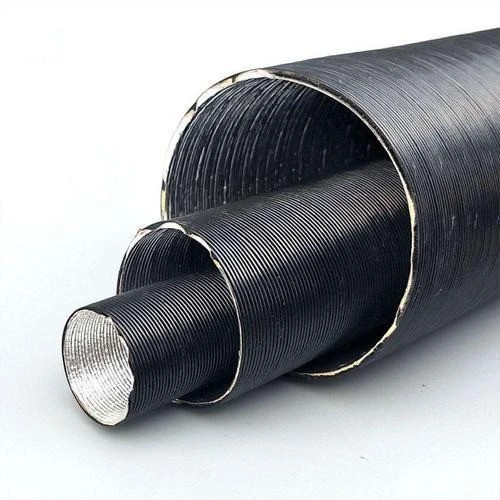Enhanced Durability and Performance of High-Pressure Lay Flat Hoses for Various Applications
High Pressure Lay Flat Hose An Essential Tool for Modern Applications
In the world of industrial and agricultural applications, the lay flat hose has emerged as an indispensable tool. Among its various types, the high pressure lay flat hose stands out due to its exceptional durability and versatility. Made from advanced materials, these hoses are designed to withstand high pressure while maintaining flexibility and ease of handling. This article explores the features, uses, and benefits of high pressure lay flat hoses, highlighting their importance in various sectors.
Key Features of High Pressure Lay Flat Hose
High pressure lay flat hoses are typically constructed from a blend of synthetic rubber and PVC, reinforced with high-strength polyester yarn. This robust construction allows them to handle pressures often exceeding 300 PSI, making them suitable for a wide range of demanding applications. One of the standout features is their ability to lay flat when not in use, which saves space and facilitates easy transport and storage.
Another significant advantage is their lightweight design. Despite their strength, high pressure lay flat hoses are easy to handle and maneuver, reducing operator fatigue during extended use. The flexibility of the hose allows for quick deployment and retrieval, making it ideal for transient applications where efficiency is crucial.
Common Applications
High pressure lay flat hoses are utilized in various industries, each with unique requirements. In agriculture, these hoses are primarily used for irrigation and water transfer. Farmers rely on high pressure lay flat hoses to efficiently transport water from reservoirs to fields, ensuring that crops receive adequate hydration regardless of terrain.
In construction and mining, these hoses play a critical role in dewatering applications. They can rapidly remove accumulated water from job sites, allowing for uninterrupted workflows. Their high pressure rating enables them to handle the demands of pumping water from deep trenches and excavations without the risk of bursting.
high pressure lay flat hose

Additionally, firefighting services often turn to high pressure lay flat hoses for their ability to deliver water quickly and effectively to combat fires. The hoses can be rolled out quickly and cover significant distances, providing crucial support during emergencies.
Benefits of High Pressure Lay Flat Hose
The use of high pressure lay flat hoses offers numerous benefits that contribute to operational efficiency. Firstly, their durability reduces the frequency of replacements, leading to cost savings over time. The resistance to abrasion, UV rays, and weathering makes them suitable for prolonged outdoor exposure, minimizing downtime caused by hose damage.
Secondly, their flexibility and lightweight nature enhance mobility. Workers can easily transport these hoses across rough landscapes or crowded job sites, streamlining operations. Moreover, the ease of connection with various fittings allows for quick setup and adaptability to different equipment.
Lastly, high pressure lay flat hoses contribute to environmental sustainability. By efficiently transporting water and reducing wastage, they promote responsible resource management in agricultural practices. This is increasingly important in the face of global water scarcity concerns.
Conclusion
High pressure lay flat hoses are vital tools across a myriad of applications, from agriculture to construction and emergency services. Their unique combination of strength, flexibility, and ease of use makes them a preferred choice for professionals seeking reliable and efficient solutions. As industries continue to evolve and face new challenges, high pressure lay flat hoses will undoubtedly play a crucial role in supporting efforts for sustainability and operational excellence. Whether for irrigation, dewatering, or firefighting, investing in high pressure lay flat hoses is a decision that yields substantial benefits, ensuring that operations run smoothly and efficiently.
-
Unrivaled Performance and Applications of PU Pneumatic Hoses and TubesNewsJun.11,2025
-
The Transparent World of Industrial Tubing and Hosing SolutionsNewsJun.11,2025
-
The Intricate World of Pneumatic Conduits: Tubes and HosesNewsJun.11,2025
-
The Dynamic Landscape of Pneumatic Conduits: Unraveling Key ComponentsNewsJun.11,2025
-
The Diverse Applications and Significance of Transparent PVC TubingNewsJun.11,2025
-
High - Pressure Pneumatic Tubing and Systems: An In - Depth LookNewsJun.11,2025














